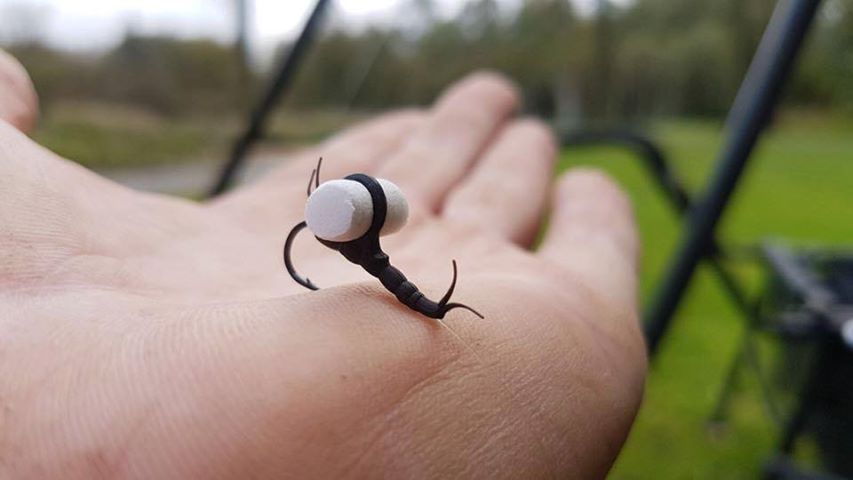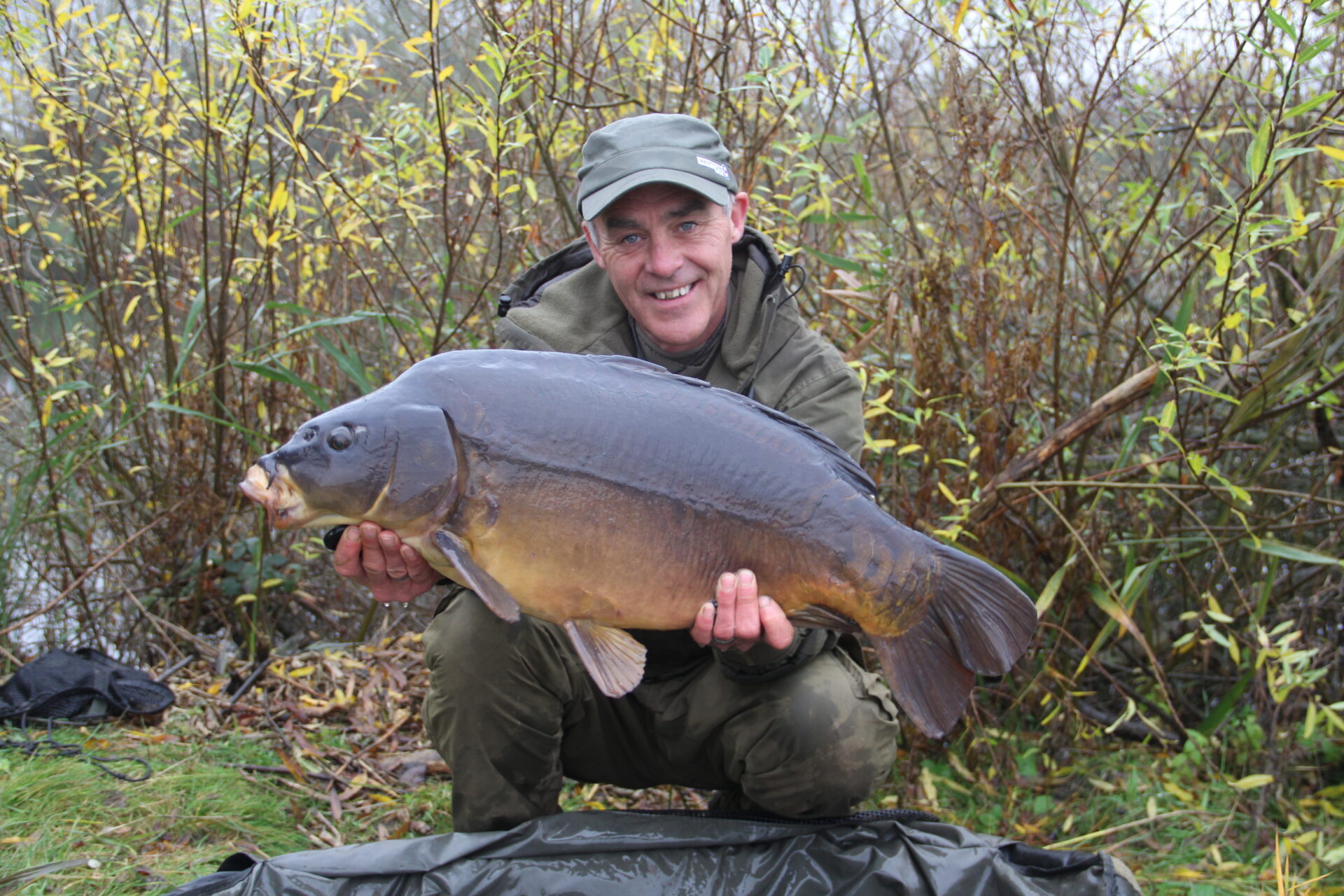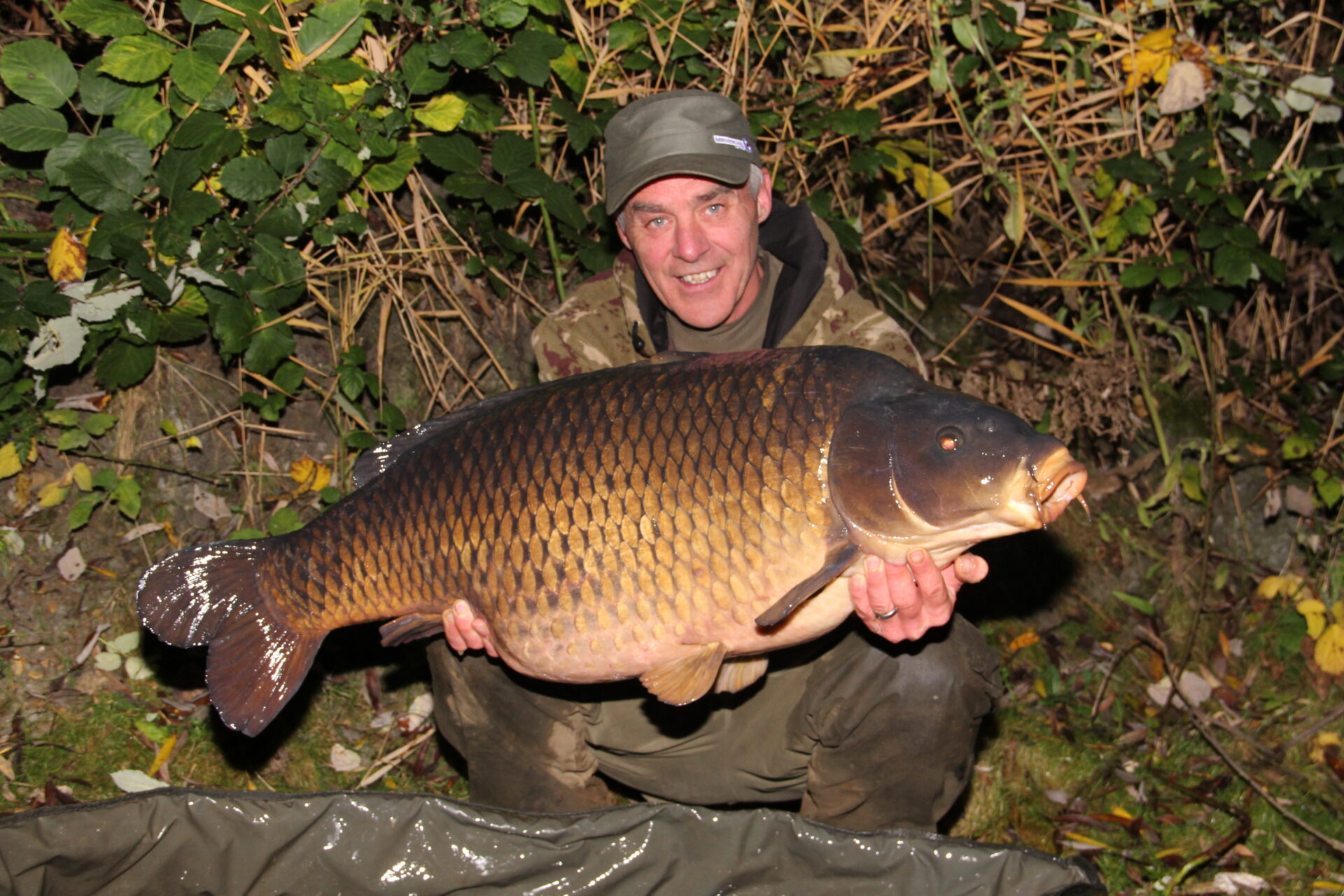Pb products Dave lane gives us an insight on how he appoaches certain waters in the winter
Winter angling can be hard, we all know that but, with the right application and a lot of patience it can also be very rewarding.
A lot of it is down to picking a realistic venue, one that works with the time you are willing to put in and the results you would be happy with. I nearly always change away from my main ‘target water’ for the winter as I tend to pick very large and often tricky lakes in the warmer months. I know that these types of venues are not going to repay me for my time in the winter, so I gravitate to easier and heavier stocked lakes of a manageable size.
Over the past years I have arrived at one conclusion that seems to be a solid indicator of productive winter angling and that is depth. Not necessarily the depth of the lake but, more importantly, the depth at which the carp are happy to feed, albeit for short periods.
On the deeper pits carp spend inordinate amounts of their winter days in the upper or mid layers and this, obviously, is why zig fishing has been so successful over the past few years during the colder months.

The new zig bugs from Pb products are a real edge in any situation
But what of bottom fishing, either with bait or just singles as zig fishing is not everyone’s cup of tea?
It stands to reason that the less depth you have then the closer the carp will be to the bottom at any time and the less change on their bodies they will experience in the small layer of cold water they exist in.
I have found lakes that are only a few feet deep to fish particularly well in winter, or at least throw up enough bites in the right conditions as to make them a viable option.
A couple of winters back I decided to target an extremely shallow pit up at Northey Park, near Peterborough and, although still a harder venue with big fish, I thought the lack of depth might play in my favour.
The main target was a huge common named ‘Kitch’ which had recently crept up and over the fifty-pound mark, a massive fish for anytime of the year but a leviathan by winter standards.
The first order of the day was to learn the lake bed as comprehensively as possible and, fortunately, there was a syndicate punt available which I put to good use.
Most of the pit was under three feet deep which would be problematic with the swan population but, every now and again, there would be little troughs or small depressions that were a foot or two deeper and just out of reach of the Queens favourite birds.
Over the first few trips I managed to bag a couple of nice thirties, both mirrors and both from a channel that led out of the main lake and into a small annex surrounded by Norfolk reeds. I find that carp love these reedbeds in the winter and often huddle up tight in large groups right in the middle of the stems. Part of me thinks that the stems may act like conductors for the heat of the sun, but I have never actually taken water temperatures to confirm or deny this theory; maybe it’s just the security instead.
Monks pit in Cambridgeshire used to be a prime example of this and one particular bed of reeds could hold a staggering amount of carp in the very depths of winter. Incidentally, at monks, I noticed a tendency for the fish in the reeds to favour any brighter patches of lake bed and I became convinced this was something to do with the reflected sunlight. Unfortunately, none of these observations really helped me to catch fish as the reeds in both occasions were more of a ‘holding spot’ than a feeding one but the more you learn about carp’s behaviour, then the more you can feel in tune with them in other areas where they might well feed.

An early winter thirty
At Northey the fish were very wary of the boat and would always spook off from it, scattering into different parts of the lake and, as such, I tried not to go afloat very often. However, on the occasions I had spooked fish I would often re-find them sitting over a tiny depression in the lake bed in front of a small spit of land. This area was obviously a ‘go-to’ spot for the fish and, handily, just beyond swan depth by a few inches.
I started baiting the area very lightly with a sprinkle of boilies and fish at least one of my two nights with a bait in the ‘hole’.

First fish from the hole
From the main swim next door, it was an awkward cast but, from the end of the spit, it was a simple underarm flick and the spit was a far less fished swim, which suited me just fine.
On the second week of trying (mid-November) I hooked and landed a lovely 20lb chocolate brown mirror from my new spot, which gave me all the confidence I needed to carry on with my plan.
Little spots like this are priceless in winter as, once identified, they usually produce more than just the odd bite.
A fortnight later I set up on the spit, once again, it was the last day of November and my birthday fell the next morning, December the first. I remember distinctly that there was a bitterly cold Northerly blowing straight in, which is not ideal and the sort of wind I would normally fish on the back of.
Despite not receiving any action during the first twenty-four hours and then having a fruitless search around the lake in the boat, I decided to stay put, which is also unusual for me. I had deliberately not boated my own swim, however, as I knew how spooky the fish could be.
That evening, just as I was contemplating a birthday curry I had a very strange little bite on the rod in the hole. It was really no more than a gentle tightening of the line and a twitching bobbin, but I lifted into it all the same and met a very solid resistance.
I had been forewarned that the big common had a habit of not fighting at all, so I did start to wonder as I led a very heavy weight towards the net like a dog on a lead. It was still a hell of a shock, though, as I watched over three feet of golden scaled common slide effortlessly over the cord and into the mesh.

Was gobsmacked as I shone the torch over his flanks, an incredible looking fish that put me in mind of the big common at Burghfield I had landed earlier that year.
One little spot identified, two bites and a winter campaign completed, what a result.
This was the first time I had ever fished on my birthday, so I had no idea what to expect as present but, if a fifty-one-pound common is going to be the sort of thing I receive then I reckon I might be doing it more often.
tight lines to you all hope to see you on the bank soon

